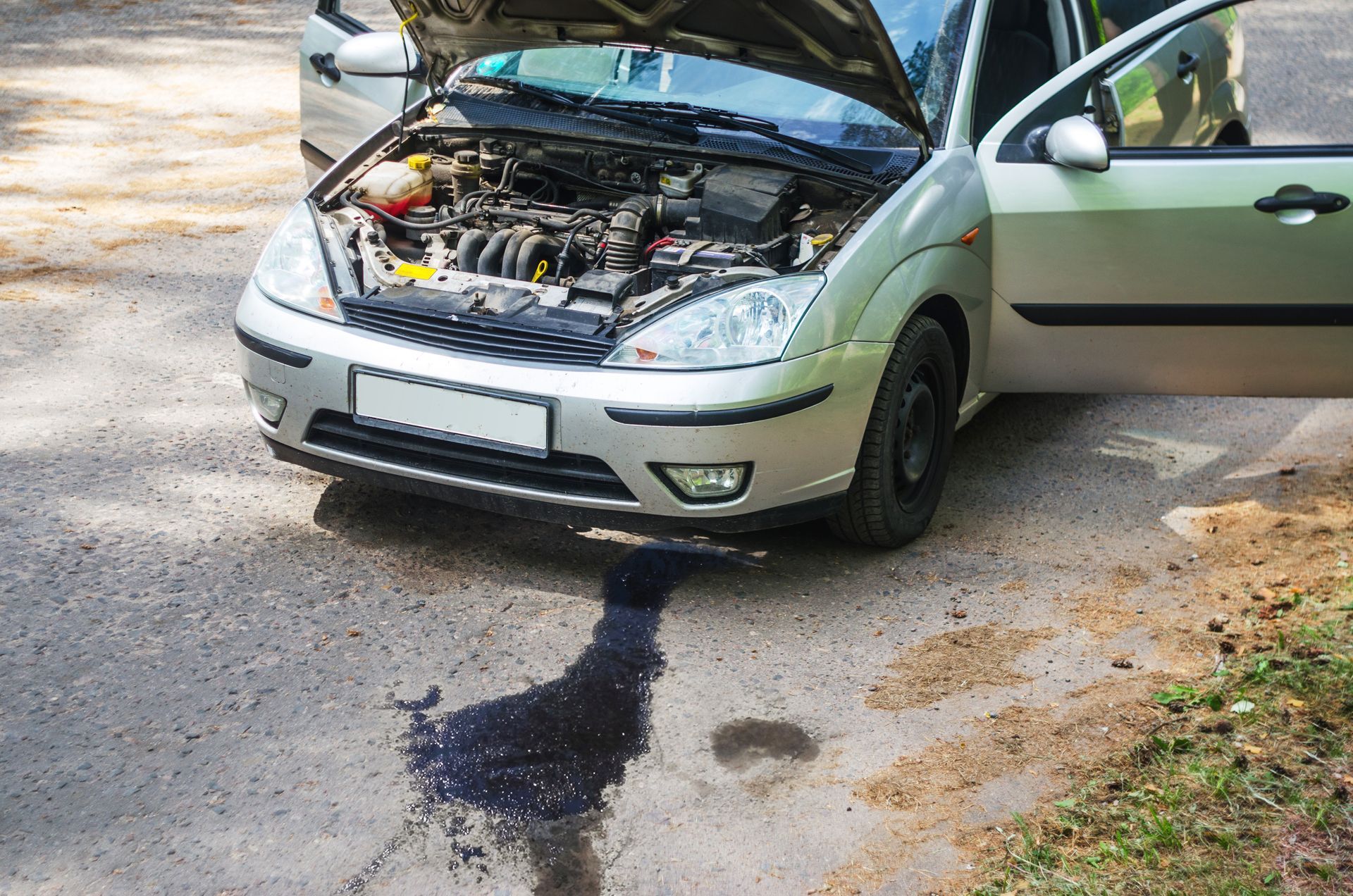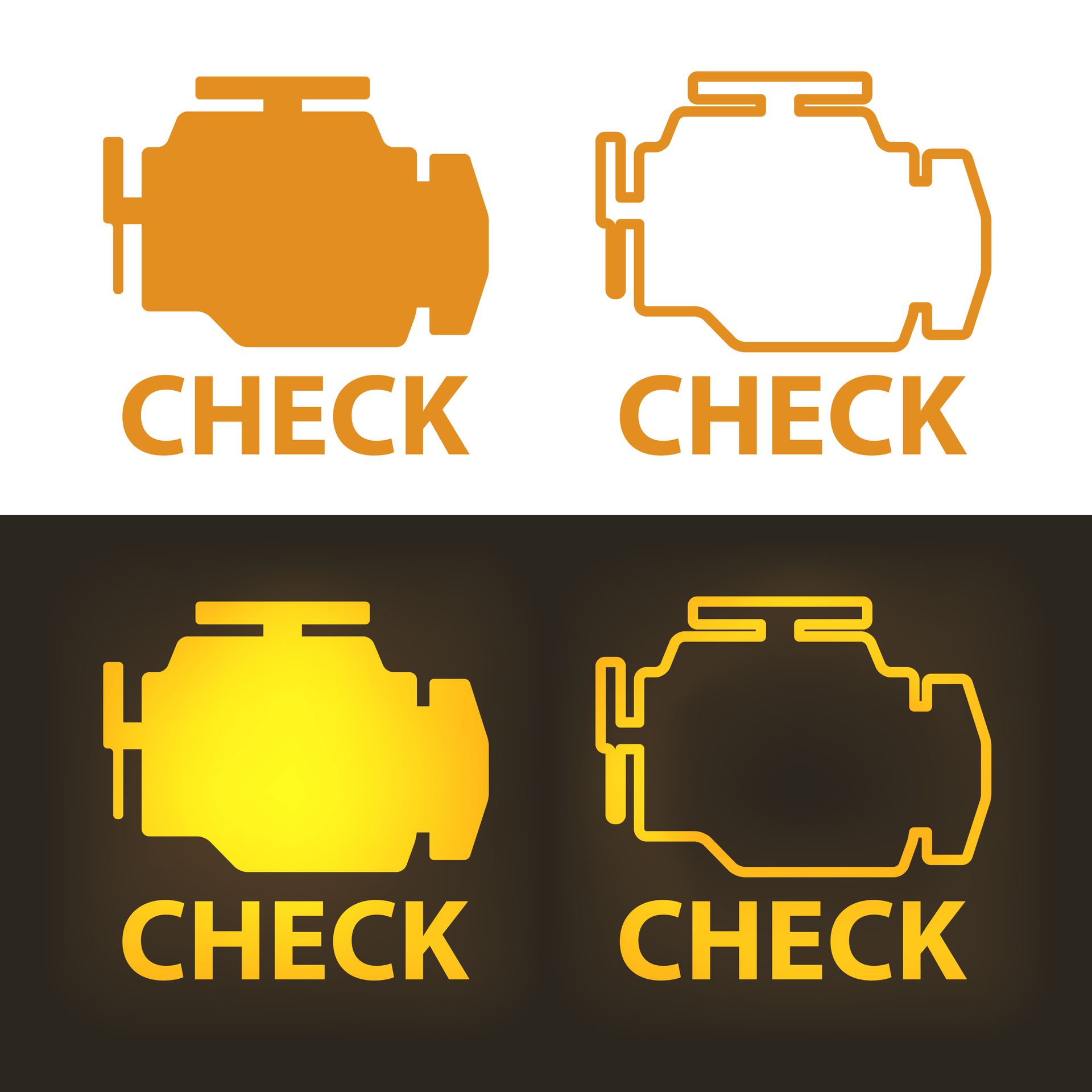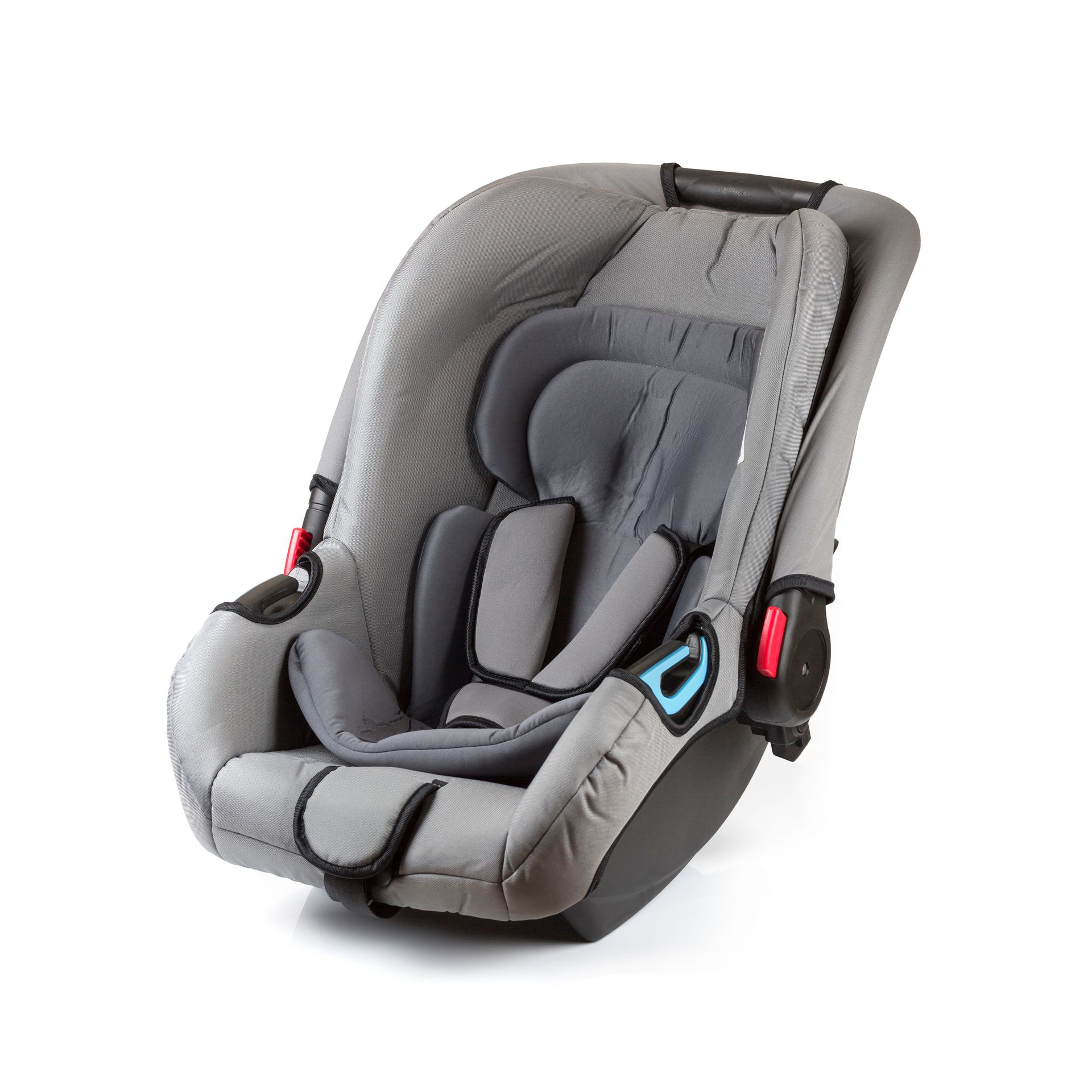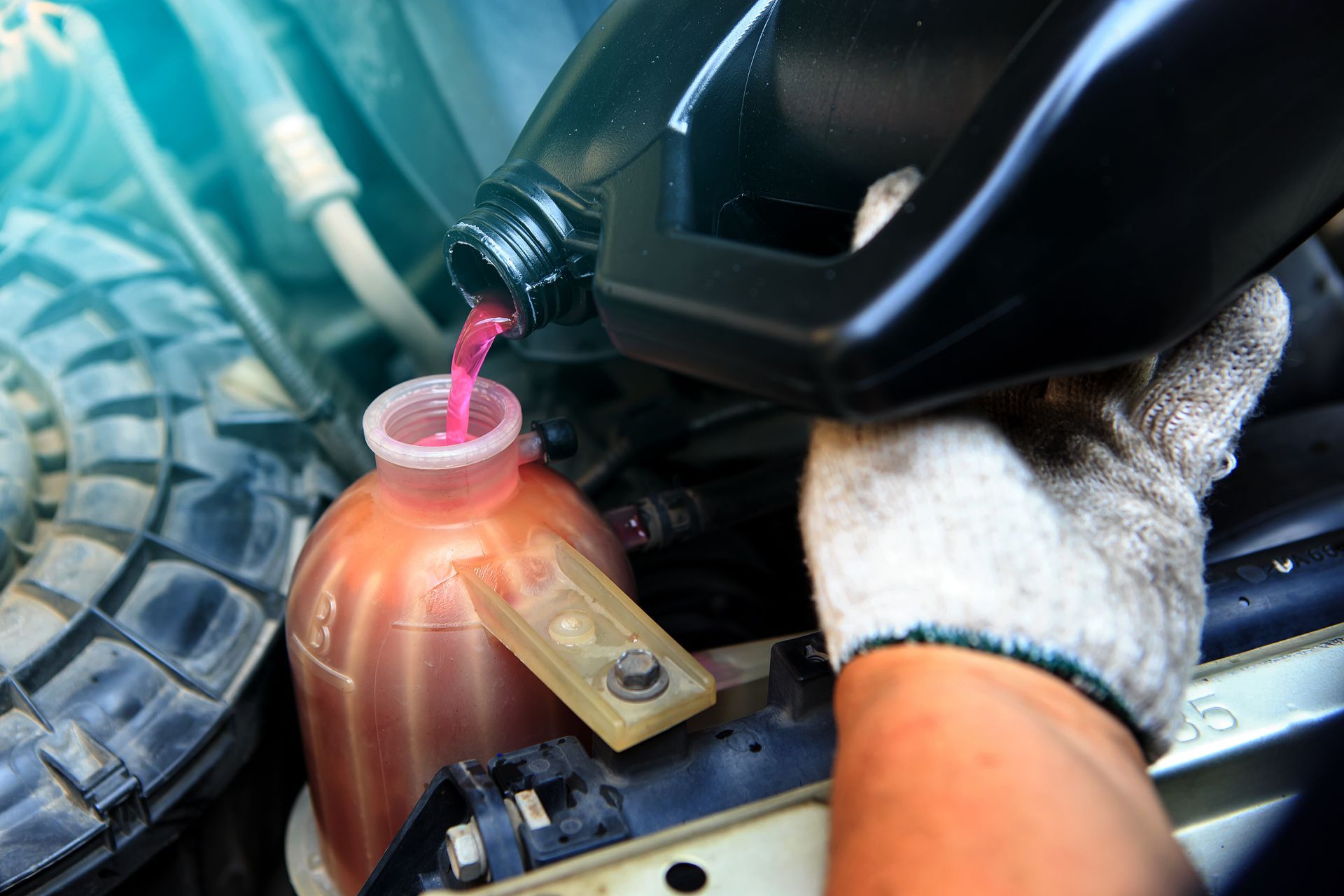In this fast-paced world, your vehicle is more than just a convenience. Modern cars come equipped with a range of advanced safety features that are designed to keep you and your loved ones safe. However, it's crucial to ensure that these features keep functioning optimally. We will get familiar with these safety systems and how to keep them working all the time, so don't miss out if you care for safety on the roads.
Understanding Vehicle Safety Systems
From automatic emergency braking to traction control, these systems are your unseen co-pilots, constantly working to ensure your journey is safe. They serve different purposes, providing an extra layer of safety, even in scenarios where human error is present. But like any technology, they require regular maintenance to function effectively.
Automatic Emergency Braking
This system detects potential collisions and automatically engages the brakes to avoid or mitigate an accident. To keep it functioning correctly, ensure your vehicle's sensors and cameras are clean and unobstructed. Regular checks by a professional are also recommended to ensure the system's software is up to date.
Lane Assist Technology
Lane assist keeps your vehicle centered in its lane, reducing the risk of drifting. Keep this system in check by cleaning the windshield and cameras, as well as taking care of your electronics. Calibration by a professional after a windshield replacement or a significant impact is crucial for accurate functioning.
The Importance of Quality Tires
Tires are your car's only contact with the road, making them vital for safety. Ensure they are always properly inflated, regularly rotated, and replaced when the tread wears down. Remember, good tires enhance the effectiveness of systems like ABS and traction control.
Blind Spot Monitoring System
This system alerts you to vehicles in your blind spot. You might have seen it as a small light on the side mirrors that lights up when someone is overtaking you. To maintain its efficiency, regularly clean the sensors (usually located in the rear bumper or side mirrors) and check for any damage. Consult a professional if the system shows any signs of malfunction.
Anti-lock Braking System (ABS)
ABS prevents wheel lock-up during sudden braking, maintaining vehicle control. Keep the brake fluid at the recommended level and replace it as advised in your vehicle's manual. Routine brake inspections are also key to ensuring the ABS works correctly.
Traction Control System
Traction control helps prevent wheel spin on slippery surfaces. Its maintenance overlaps with ABS since they often share components. Thus, keeping the braking system in good condition is vital for both systems.
Crumple Zones
Crumple zones are designed to absorb and dissipate energy during a collision, protecting passengers. While there's not much maintenance for crumple zones, being mindful of any structural changes to your vehicle's body (like after an accident) is important, as it can impact their effectiveness.
Let us take care of your car in the shop so it can take care of you on the road! Call JC Motors and book an appointment today!











